What Exactly is a Wall Breaking Machine Motor?
A wall breaking machine motor, as its name suggests, is the core power component of the wall breaking machine, a kitchen appliance. If we compare the wall breaking machine to a high-speed "food processing factory", then the wall breaking machine motor is the "engine" of this factory, providing a continuous source of power for the entire wall breaking process.
In essence, a wall breaking machine motor is a drive motor specially designed for wall breaking machines, belonging to a subdivision category of electric motors. Its main function is to convert electrical energy into mechanical energy, driving the blades of the wall breaking machine through high-speed rotation to achieve operations such as cutting and crushing of ingredients. Compared with ordinary motors, wall breaking machine motors have their own particularities in terms of performance and structure to meet the requirements of high speed and large torque for wall breaking machines.
In terms of classification, wall breaking machine motors usually fall into the category of high-speed motors. Because wall breaking machines need to break the cell walls of ingredients through the high-speed rotation of blades, which requires the motor to reach a relatively high speed. At the same time, considering the diversity of ingredients, some ingredients are hard in texture, such as nuts and ice cubes, which requires the motor to have a large torque to successfully process these ingredients.
Simply put, a wall breaking machine motor is a power device tailored for wall breaking machines that can provide high speed and large torque. It is the key to the wall breaking machine's ability to achieve the "wall breaking" function. Without it, the wall breaking machine is just an ordinary container and cannot effectively process ingredients.
What are the Unique Structures of a Wall Breaking Machine Motor?
The ability of a wall breaking machine motor to achieve high-speed and large-torque output is closely related to its unique structure. It is an integrated whole where multiple components cooperate and work together, each with its specific function. Let's disassemble the structure of a wall breaking machine motor in detail:
1. Stator: The fixed part of the motor, mainly composed of an iron core and windings.
The iron core is usually made by laminating silicon steel sheets, which can reduce eddy current loss and improve motor efficiency.
The winding is a coil made of enameled wire. When current passes through it, a magnetic field is generated, providing a magnetic field environment for the rotation of the rotor.
2. Rotor: The rotating part of the motor, composed of an iron core, windings, and a rotating shaft.
The rotor core is made by laminating silicon steel sheets, and the windings are wound on the core.
The rotating shaft is the central component of the rotor, connected to the blades of the wall breaking machine. When rotating, it drives the blades to rotate, converting electrical energy into mechanical energy.
3. Commutator (for brushed motors): Installed at one end of the rotor and connected to the rotor windings.
Composed of multiple mutually insulated copper sheets.
Its function is to change the current direction of the rotor windings through contact with the brushes during the rotation of the rotor, ensuring the continuous rotation of the rotor.
4. Brushes (for brushed motors): Conductive components in contact with the commutator, usually made of graphite.
One end is connected to an external power source, and the other end is in sliding contact with the commutator to provide current for the rotor windings.
Friction with the commutator during operation is one of the reasons for the high noise and short service life of brushed motors.
5. Electronic commutation device (for brushless motors): Brushless motors have no brushes or commutators, and this device replaces them.
Composed of sensors and controllers.
The sensor detects the rotor position, and the controller controls the current direction of the motor windings according to the signal to realize the continuous rotation of the rotor, which has the advantages of low noise and long service life.
6. Other components:
Shell: Protects the internal components of the motor and helps with heat dissipation.
Bearings: Installed at both ends of the rotating shaft to reduce friction during the rotation of the rotating shaft and ensure stable operation of the motor.
These components work together. The stator generates a magnetic field, the rotor rotates under the force in the magnetic field, the commutation device ensures the continuous rotation of the rotor, and then the power is transmitted to the blades through the rotating shaft, realizing the normal operation of the wall breaking machine. Each component is indispensable.
What is the Core Technical Principle of a Wall Breaking Machine Motor?
The core technical principle of a wall breaking machine motor is based on the law of electromagnetic induction, realizing operation through the conversion of electrical energy and mechanical energy, as follows:
1.Electricity generates magnetism: When current passes through the stator windings, according to the right-hand screw rule, a stator magnetic field is generated around the windings. The strength of the magnetic field is related to the magnitude of the current; the larger the current, the stronger the magnetic field.
2.Electromagnetic force drives the rotor to rotate: When the rotor windings have current passing through them in the stator magnetic field, they are subjected to electromagnetic force.
·The direction of the force can be judged according to the left-hand rule: stretch out the left hand, the magnetic induction lines enter from the palm, the four fingers point to the direction of the current, and the thumb points to the direction of the Ampere force.
·The electromagnetic force generates an electromagnetic torque, making the rotor rotate around the rotating shaft, realizing the conversion of electrical energy to mechanical energy.
3.Current direction adjustment:Brushed motors: The current direction of the rotor windings is changed through the cooperation of the commutator and brushes. When the rotor rotates to a certain angle, the contact position between the commutator and the brushes changes, and the current direction changes to ensure that the direction of the electromagnetic torque remains unchanged, so that the rotor rotates continuously.
Brushless motors: The current direction is changed through an electronic commutation device. The sensor detects the rotor position in real-time, transmits the signal to the controller, and the controller controls the conduction or shutdown of the power tube to change the current direction of the stator windings, so that the stator magnetic field changes corresponding to the rotor rotation, ensuring that the rotor is subjected to an electromagnetic torque with an unchanged direction, realizing continuous rotation.
4.Speed regulation technology: The speed is adjusted by changing the voltage or current input to the motor to adapt to the processing needs of different ingredients. For example, a lower speed is used for processing softer ingredients, and a higher speed is used for processing harder ingredients.
In general, the wall breaking machine motor uses electromagnetic induction to generate electromagnetic torque to drive the rotor to rotate, ensures the continuous rotation of the rotor through the commutation device, and realizes speed adjustment with the help of speed regulation technology, providing the required power for the wall breaking machine.
What Functions does a Wall Breaking Machine Motor Have?
As the core component of the wall breaking machine, the function of the wall breaking machine motor directly determines the performance of the wall breaking machine. It mainly provides power support for the wall breaking machine to realize effective processing of ingredients. The specific functions are as follows:
1.Providing high-speed power: This is one of the core functions.
·The actual working speed is usually 16,000-30,000 rpm, and some high-performance motors can reach more than 40,000 rpm.
·High speed enables the blades to quickly and violently cut and impact the ingredients, crushing them to an extremely fine degree, achieving the "wall breaking" effect.
2.Outputting large torque: When processing hard ingredients such as nuts, ice cubes, and beans, a large torque output is required.
·Torque is the force that makes an object rotate; the larger the torque, the stronger the ability of the motor to drive the blades to overcome the resistance of the ingredients.
·It ensures stable operation when processing ingredients of various hardness, avoiding jamming or stalling.
3.Adjustable speed: Different ingredients require different processing speeds, and the motor can be adjusted according to the type of ingredients and processing needs.
·For example, medium and low speeds are used for stirring fruit juice, and high speeds are used for crushing nuts.
·It can make the wall breaking machine achieve the best effect when processing different ingredients, ensuring quality while saving energy.
4.Stable operation: Maintain stable output of speed and torque during long-term work without large fluctuations.
·If the operation is unstable, it will affect the processing effect of ingredients, damage the motor, and shorten its service life.
·Technical measures such as optimized structural design and the use of high-quality bearings are usually adopted to ensure stability.
5.Efficient energy conversion: It can convert the input electrical energy into mechanical energy as much as possible, reducing energy loss.
·It can save energy, reduce motor heating, and is conducive to long-term stable operation.
6.Overload protection function (some motors have this): When the motor encounters an excessive load, such as when the pressure exceeds the rated value due to too many or too hard ingredients, it will start automatically.
·It will cut off the power supply or reduce the speed to prevent the motor from being damaged due to overload.
·It effectively protects the motor, extends its service life, and improves the safety of use.
What Problems can a Wall Breaking Machine Motor Solve?
As the core component of the wall breaking machine, the value of the wall breaking machine motor lies in solving various problems in ingredient processing, making processing more efficient and convenient, and meeting the needs of healthy eating. The details are as follows:
1. Solving the problem of difficult full absorption of ingredient nutrients:
Many nutrients in ingredients are wrapped in cell walls, and traditional cooking methods are difficult to break the cell walls, resulting in insufficient nutrient absorption.
The motor drives the blades to rotate at high speed, generating strong impact force and shear force, breaking the cell walls, releasing nutrients, and improving the absorption and utilization rate by the human body.
2. Solving the problem of low efficiency in ingredient processing:
Traditional tools are time-consuming and laborious to process hard or coarse-fiber ingredients, such as grinding nuts and stirring coarse-fiber vegetables.
With high speed and large torque, the motor can completely crush difficult-to-process ingredients in a short time. Making supplementary food, sauces, and drinks can be completed in a few minutes, saving time and energy.
3. Solving the problem of incomplete ingredient processing:
Traditional food processors have limited motor power and speed, resulting in incomplete processing of ingredients, leaving large particles or fibers, which affects the taste and may cause indigestion in people with weak gastrointestinal functions.
The motor drives the blades to rotate at high speed, cutting and crushing the ingredients in an all-round and in-depth manner, processing them extremely finely. For example, the bran and germ of whole grains are completely crushed, making the food taste smoother.
4. Solving the problem of limited types of ingredients that can be processed:
Traditional food processors have difficulty processing high-hardness or high-viscosity ingredients.
The strong power output of the motor allows the wall breaking machine to process a variety of ingredients, such as ice cubes, nuts, bones (some models), glutinous rice, red dates, etc. It can quickly crush ice cubes to make smoothies and grind glutinous rice into rice milk to make tangyuan, expanding the processing range.
5. Solving the problem of inconvenience in making healthy food at home:
People hope to make healthy foods such as additive-free fruit juice, jam, and baby food supplements at home, which is difficult to meet with traditional tools.
Driven by the motor, the wall breaking machine can beat fresh fruits and vegetables into fine juice, retaining nutrients and flavor; when making baby food supplements, the ingredients are completely crushed to adapt to the baby's intestines and stomach, making it more convenient and simple to make healthy food at home.
6. To a certain extent, solving the problem of kitchen space occupation:
Driven by the motor, the wall breaking machine realizes the function of processing a variety of ingredients, which is equivalent to integrating the functions of a juicer, food processor, grinder, and other electrical appliances.
It reduces the number of kitchen appliances in the home, saves space, and makes the kitchen environment cleaner and more orderly.
How to Use the Wall Breaking Machine Driven by a Wall Breaking Machine Motor in Different Scenarios?
In different scenarios, the use methods and precautions of the wall breaking machine are different, and they all rely on the stable operation of the motor. Correct use can give full play to the best performance of the motor, ensuring safety and the service life of the equipment:
1. Home daily diet scenario:
Choose the right speed and time: Select according to the type and quantity of ingredients. For example, use medium and low speeds for making fruit juice, with a time of 1-2 minutes.
Ingredient processing: Wash the fruits, cut them into pieces, put them into the cup, add an appropriate amount of water or milk, close the cup lid tightly, and start.
Precautions: Do not let the motor work continuously for a long time; pause every few minutes to dissipate heat; soak beans, rice, etc., in advance to reduce the load on the motor and make the ingredients processed more finely.
2. Baby food supplement production scenario:
Ingredient preparation: Clean the ingredients thoroughly, cook meat, vegetables, etc., first, cut them into small pieces, and put them into the cup.
Operation settings: Add an appropriate amount of warm water or broth, select a special supplementary food program or manually adjust to a higher speed, and extend the processing time.
Processing process: Pause multiple times, use a stirring rod to scrape the ingredients on the cup wall to the middle to ensure full crushing.
Key points for attention: Avoid too few ingredients causing the motor to idle and damage the motor; clean the cup and blades in time after use to prevent food residues from affecting the operation of the motor.
3. Commercial beverage production scenarios (such as milk tea shops, coffee shops):
Equipment inspection: Before use, check whether the motor is running normally and whether the lines are intact to ensure no faults.
Batch processing: Arrange ingredients reasonably according to the number of orders; the amount processed at one time should not be too much to avoid motor overload.
Speed selection: Select the appropriate speed for making different beverages. For example, use medium speed to stir milk covers and high speed to crush ice for smoothies.
Maintenance: After daily work, thoroughly clean the equipment and check the heat dissipation of the motor to ensure normal use next time.
4. Outdoor camping scenario:
Power preparation: If using a portable wall breaking machine, ensure sufficient power supply or carry a suitable power adapter.
Ingredient selection: Try to choose easy-to-process ingredients to reduce the burden on the motor, such as fruits and vegetables.
Simple operation: Simplify the operation steps, complete ingredient processing quickly, and avoid long-term operation of the motor.
Storage protection: Clean it up in time after use, and store the equipment properly to prevent the motor from being damaged by collision.
What are the Tips for Using the Wall Breaking Machine Driven by a Wall Breaking Machine Motor?
Mastering the skills of using the wall breaking machine can give full play to the best performance of the motor and improve the use efficiency. Here are some practical tips:
1. Ingredient processing skills:
Appropriate size: Cut the ingredients into evenly sized small pieces to avoid excessive ingredients increasing the load on the motor and ensure uniform heating and crushing of the ingredients.
Hard and soft matching: When processing multiple ingredients, put harder and softer ingredients together to reduce the pressure on the motor when processing hard ingredients alone. For example, put nuts and fruits together to make mixed sauce.
Control the amount: The amount of ingredients should not exceed the maximum scale line of the cup, otherwise, it will affect the normal operation of the motor and is not conducive to full crushing of the ingredients.
2. Speed and time control skills:
Step by step: When processing hard ingredients, start at medium and low speeds first, then gradually increase to high speeds, allowing the motor to have a buffer process to avoid sudden high-load operation.
Flexible adjustment: Adjust the time according to the processing situation of the ingredients. If it is found that the ingredients are not crushed in place, the time can be appropriately extended, but attention should be paid not to exceed the limit time of the motor's continuous work.
Use programs: If the wall breaking machine has preset programs, such as "soy milk", "juice", "grinding", etc., try to use the corresponding programs. These programs are optimized combinations of speed and time according to the characteristics of the ingredients, which can make the motor work more efficiently.
3. Noise reduction skills:
Place stably: Place the wall breaking machine on a stable table to avoid additional noise caused by shaking and ensure stable operation of the motor.
Cushion with shock-absorbing pads: Place a special shock-absorbing pad or towel under the wall breaking machine to reduce vibration noise during motor operation.
Avoid peak hours: Try not to use it when family members are resting or need a quiet period. If it must be used, select the low-speed mode to reduce noise.
4. Energy-saving skills:
Centralized processing: Process the ingredients that need to be processed at the same time to reduce the number of motor starts, because the power consumption of the motor is relatively large when starting.
Choose the speed reasonably: For ingredients that do not need high-speed processing, use low speeds as much as possible, which not only saves energy but also reduces motor wear.
Turn off in time: Turn off the power immediately after the ingredients are processed to avoid energy waste caused by idle operation of the motor.
5. Motor protection skills:
Avoid idling: Do not start the wall breaking machine when there are no ingredients in the cup to prevent damage to the motor due to idling.
Cool down before reuse: The motor temperature is relatively high after long-term work, so it should be paused and continued after cooling to prevent damage to the motor due to overheating.
Clean up foreign objects: Check whether there are hard foreign objects such as stones and metal pieces in the ingredients before use to avoid damaging the blades and the motor.
How to Perform Daily Maintenance on a Wall Breaking Machine Motor?
Daily maintenance of the wall breaking machine motor can extend its service life and ensure its stable performance. The specific maintenance methods and precautions are as follows:
1. Cleaning and Maintenance:
Cleaning Frequency: Clean the motor promptly after each use to prevent food residues from remaining and deteriorating, which could affect the motor and other components.
Cleaning Operations:
Cup and Blades: Detach them and rinse with water. For stubborn stains, soak them in an appropriate amount of detergent for a few minutes, scrub, then rinse thoroughly and dry.
Motor Part: Wipe the surface with a clean damp cloth. Do not rinse the motor directly with water to avoid water damage to internal circuits.
Heat Dissipation Holes: Regularly clean dust and debris from the motor's heat dissipation holes to ensure smooth heat dissipation and prevent the motor from overheating due to poor heat dissipation.
2. Precautions:
Always disconnect the power supply before cleaning to ensure safety and avoid the risk of electric shock.
Do not use hard cleaning tools such as steel wool to wipe the motor surface or related components, as this may scratch the surface coating or damage the parts.
For brushed motors, avoid getting liquid on the brushes and commutator during cleaning to prevent affecting their conductivity.
3. Inspection and Maintenance:
Regular Inspection: Check at least once a week whether the motor's connecting wires are loose and whether the plug is damaged. If problems are found, handle or replace them in a timely manner.
Bearing Inspection: Listen to the sound of the motor during operation. If there is abnormal noise, the bearing may be worn. Contact professional personnel for repair or replacement in time.
Brush Inspection (for brushed motors): Observe the wear of the brushes. When the brushes are worn to a certain extent, replace them with new ones in time to ensure the normal operation of the motor.
Precautions:
Do not disassemble internal components of the motor casually during inspection. If in-depth inspection or repair is needed, ask professional technicians to operate.
When replacing parts such as brushes, select genuine parts that match the motor model to avoid affecting motor performance with inferior parts.
4. Storage and Maintenance:
Dry Storage: When the wall-breaking machine is not in use for a long time, store it in a dry and ventilated place to prevent the motor from rusting due to moisture.
Avoid Heavy Pressure: Do not place heavy objects on the motor during storage to prevent damage to the motor shell or internal components due to pressure.
Regular Power-on: Even if it is not used frequently, power on and run the motor at intervals to lubricate the internal parts and prevent component aging.
Precautions:
Ensure the motor surface and interior are dry before storage. If there is moisture, dry it thoroughly before storage.
Do not store the wall-breaking machine in an environment with excessively high or low temperatures or corrosive gases, as this may affect the motor's service life.
What are the Advantages of Wall Breaking Machine Motor Compared to Similar Products?
As a power component specially designed for wall-breaking machines, wall-breaking machine motors have multiple advantages compared to other similar motors (such as ordinary food processor motors and juicer motors):
1. Speed Advantage:
Wall-breaking machine motors: The actual working speed is usually 16,000-30,000 rpm, and some high-performance motors can reach more than 40,000 rpm, which can achieve ultra-high-speed cutting and crushing of ingredients, easily breaking the cell walls of ingredients.
Motors of similar products: The speed of ordinary food processor motors is generally below 10,000 rpm, and the speed of juicer motors is mostly 12,000-18,000 rpm, which is difficult to reach the high speed required for wall breaking, and the crushing effect on ingredients is limited.
2. Torque Advantage:
Wall-breaking machine motors: They output large torque and can easily handle hard ingredients such as ice cubes, nuts, and beans, and are not prone to jamming or stalling during processing.
Motors of similar products: Ordinary food processor and juicer motors have relatively small torque, and are prone to insufficient power when processing hard ingredients, and may even damage the motor due to excessive load.
3. Durability Advantage:
Wall-breaking machine motors: They use high-quality materials and advanced manufacturing processes, such as high-strength alloy materials and high-performance insulating materials. The service life of some brushless wall-breaking machine motors can reach tens of thousands or even hundreds of thousands of hours, and they have good wear resistance and anti-aging performance.
Motors of similar products: Ordinary motors are relatively simple in materials and processes, and have a short service life, especially when frequently processing hard ingredients, they are more prone to wear and failure.
4. Stability Advantage:
Wall-breaking machine motors: Through optimized structural design and the use of high-quality bearings, they can maintain stable speed and torque output when running at high speed and processing various ingredients, run smoothly, and reduce vibration and noise.
Motors of similar products: When running at high speed or processing hard ingredients, they are prone to speed fluctuations and increased vibration, which affect the processing effect and user experience.
5. Functional Diversity Advantage:
Wall-breaking machine motors: They can realize multiple functions such as stirring, crushing, grinding, and juicing by adjusting the speed, which can meet the processing needs of different ingredients and make the wall-breaking machine have the functions of multiple kitchen appliances.
Motors of similar products: Their functions are relatively single. Ordinary food processor motors are mainly used for stirring and simple cutting, and juicer motors are mainly used for juicing, which are difficult to realize complex processing of multiple ingredients.
6. Protection Function Advantage:
Wall-breaking machine motors: Some models have functions such as overload protection and overheating protection. When the motor encounters excessive load or high temperature, it can automatically take protective measures to prevent the motor from being damaged and improve the safety of use.
Motors of similar products: Many ordinary motors lack perfect protection functions, and are prone to burnout due to overload or overheating if operated improperly or in abnormal situations during use.
7. Energy Conversion Efficiency Advantage:
Wall-breaking machine motors: Especially brushless motors, have high energy conversion efficiency, usually up to more than 85%, which can convert more electrical energy into mechanical energy, reduce energy loss, and save energy.
Motors of similar products: Ordinary motors have relatively low energy conversion efficiency, generally around 60%-70%, and a lot of energy is wasted in the form of heat energy during work.
Common Faults and Cause Analysis of Wall Breaking Machine Motor (Wall Breaking Machine Motor)
During long-term use, wall breaking machine motors may have some faults. Understanding these common faults and causes is helpful for timely troubleshooting and solving problems, as follows:
1.Motor Failure to Start
Possible Causes:
Power Supply Issues: Poor contact of the power socket, broken power cord, or unstable power supply voltage, resulting in the motor not receiving normal power supply.
Motor Damage: The stator windings or rotor windings are burned out, which may be caused by long-term overload, short circuit, or motor aging.
Control Circuit Fault: Problems with the control board of the wall breaking machine, such as damaged relays and capacitor faults, make it impossible to send a start signal to the motor.
Foreign Object Jamming: The blade is stuck by a hard foreign object, causing the motor load to be too large and triggering overload protection, thus failing to start.
2.Abnormal Motor Speed (Too High or Too Low)
Possible Causes:
Speed Control Circuit Fault: Problems with the circuit that controls the motor speed, such as damaged thyristors and faulty potentiometers, make it impossible to adjust the speed normally.
Abnormal Voltage: Too high or too low power supply voltage will affect the motor speed. Too high voltage may cause high speed, while too low voltage may cause low speed.
Internal Motor Fault: Short circuit of the rotor windings or inter-turn short circuit of the stator windings will change the electromagnetic characteristics of the motor, resulting in abnormal speed.
Bearing Wear: Severe bearing wear will increase the friction force when the rotating shaft rotates, reduce the motor speed, and may be accompanied by abnormal noise.
3.Excessive Noise During Motor Operation
Possible Causes:
Brush Wear of Brushed Motors: Poor contact between the brush and the commutator will generate sparks and friction noise, and the noise will increase as the wear intensifies.
Bearing Damage: Wear of balls or raceways inside the bearing will cause abnormal noise when the rotating shaft rotates, and may cause jamming in severe cases.
Loose Components: Loose components such as the motor shell, stator, or rotor will generate vibration noise during motor operation.
Foreign Object Entry: Dust, debris, or food residues entering the motor will rub against internal components during rotation, generating noise.
4.Severe Heating of the Motor
Possible Causes:
Overload Operation: Processing too many or too hard ingredients or continuous working for too long causes the motor load to be too large, the current to increase, and the heating to intensify.
Poor Heat Dissipation: The motor's heat dissipation holes are blocked by dust or debris, the heat dissipation fan is damaged or the speed is reduced, making it impossible to dissipate heat in time.
Winding Short Circuit: Short circuit of the stator or rotor windings will cause the current to increase sharply, generate a lot of heat, and cause the motor to heat up severely.
High Power Supply Voltage: The power supply voltage exceeds the rated voltage of the motor, which will increase the current of the motor, thereby increasing heating.
How to Choose a Suitable Wall Breaking Machine Motor (Wall Breaking Machine Motor)
Choosing a suitable wall breaking machine motor requires considering multiple factors to meet your own usage needs. The following are some key selection points:
1.Choose According to Usage Scenarios
Daily Home Use: If it is mainly used to process common ingredients such as fruits, vegetables, and grains, a motor with a speed of 16,000-25,000 rpm and a power of 800-1500W is sufficient. Such motors can meet daily needs such as juicing, stirring, and grinding, and are relatively affordable.
Commercial Scenarios: For milk tea shops, coffee shops, etc., which need to process a large number of ingredients and may involve hard ingredients (such as ice cubes, nuts), a motor with a speed of more than 25,000 rpm and a power of more than 1500W should be selected. Such motors have strong power and can process ingredients quickly and efficiently, meeting the high-intensity usage needs of commercial scenarios.
Outdoor or Portable Use: If it needs to be used in outdoor camping and other scenarios, a motor with small size, light weight, and suitable for DC power supply should be selected. At the same time, its battery life should be considered to ensure normal operation without an external power supply.
2.Pay Attention to Motor Types
Brushed Motors: They are relatively low in price and have large starting torque, but they are noisy and have a relatively short service life. They are suitable for users with limited budgets and low requirements for noise and service life.
Brushless Motors: They have low noise, long service life, and high energy conversion efficiency, but they are more expensive. They are suitable for users with high requirements for use experience and long-term use. If you use the wall breaking machine frequently and pay attention to quietness and durability, brushless motors are a better choice.
3.Check Performance Parameters
Speed: Speed is an important parameter affecting the wall breaking effect. The higher the speed, the better the crushing effect on ingredients. However, a higher speed is not always better. Excessively high speed may increase noise and energy consumption, and also have higher requirements for motor quality. The appropriate speed should be selected according to the needs of ingredient processing.
Power: The greater the power, the stronger the motor's power, and the more types and quantities of ingredients it can process. However, excessive power will also increase energy consumption, so it is necessary to balance power and energy consumption when selecting.
Torque: The greater the torque, the stronger the motor's ability to process hard ingredients. If you often process hard ingredients such as ice cubes and nuts, you should choose a motor with large torque.
4.Consider Protection Functions
Overload Protection: It can automatically cut off the power supply or reduce the speed when the motor load is too large, preventing damage to the motor. It is a very important protection function, and priority should be given to motors with this function.
Overheating Protection: When the motor temperature is too high, it can automatically stop working and restart after the temperature drops, avoiding the motor from being burned due to overheating, which is especially suitable for scenarios that require long-term use.
Overcurrent Protection: When the current in the circuit is too large, it can cut off the power supply in time to protect the motor and circuit system, improving the safety of use.
5.Refer to Brand and Reputation
Choose motors of well-known brands. These brands usually have more mature technology, stricter quality control, and more perfect after-sales service.
Check user reviews and reputations to understand other users' experiences with the motor, such as noise level, durability, and failure rate, so as to make a more informed choice.
6.Consider the Overall Performance of the Wall Breaking Machine
The motor is the core component of the wall breaking machine, but the overall performance of the wall breaking machine, such as cup material, blade quality, and control method, should also be considered. The higher the matching degree between the motor and other components, the better the overall use effect of the wall breaking machine.


 English
English عربى
عربى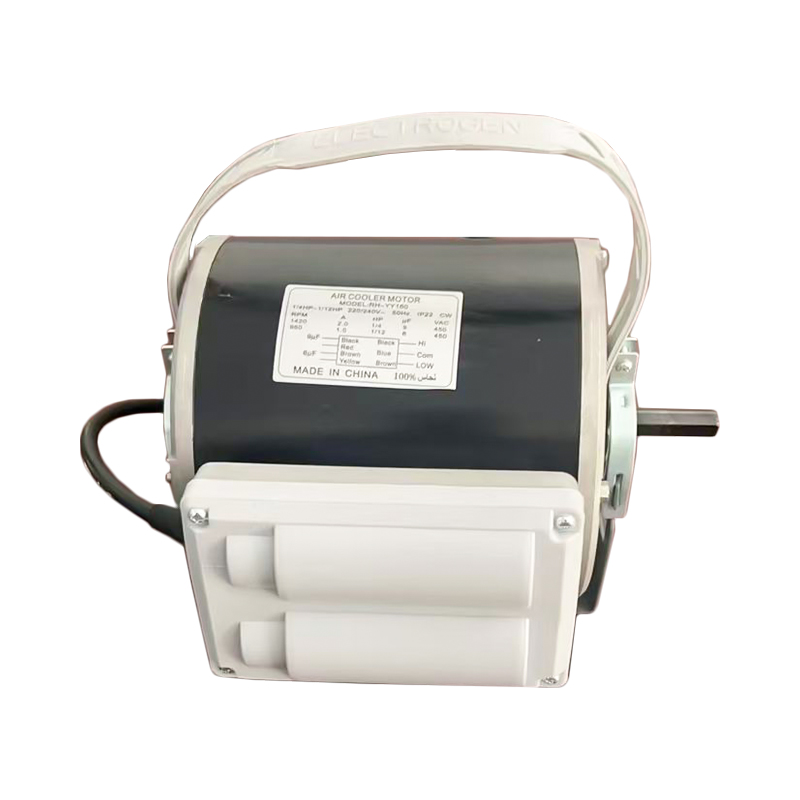
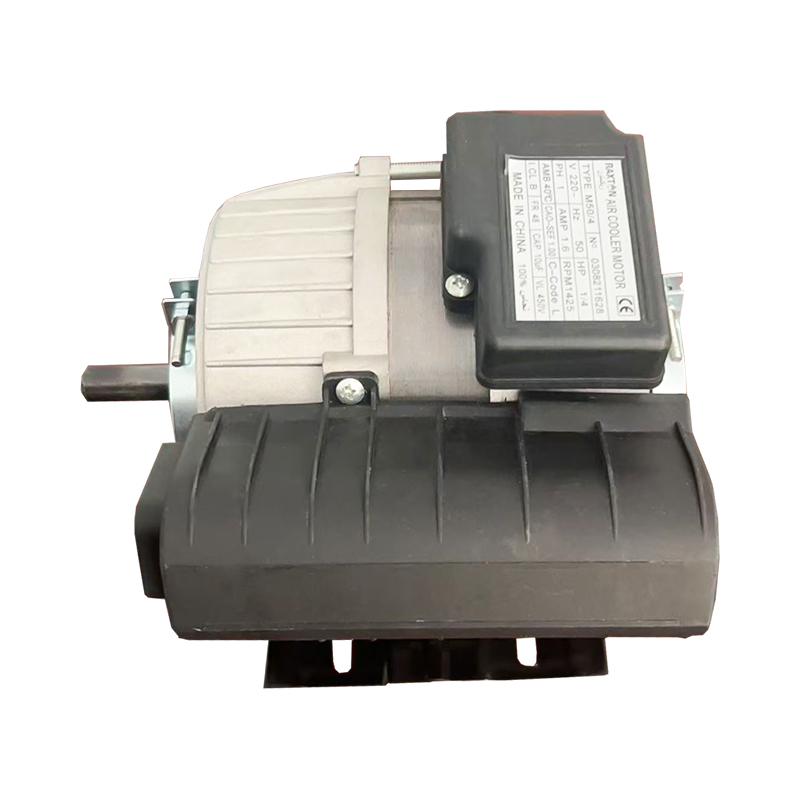
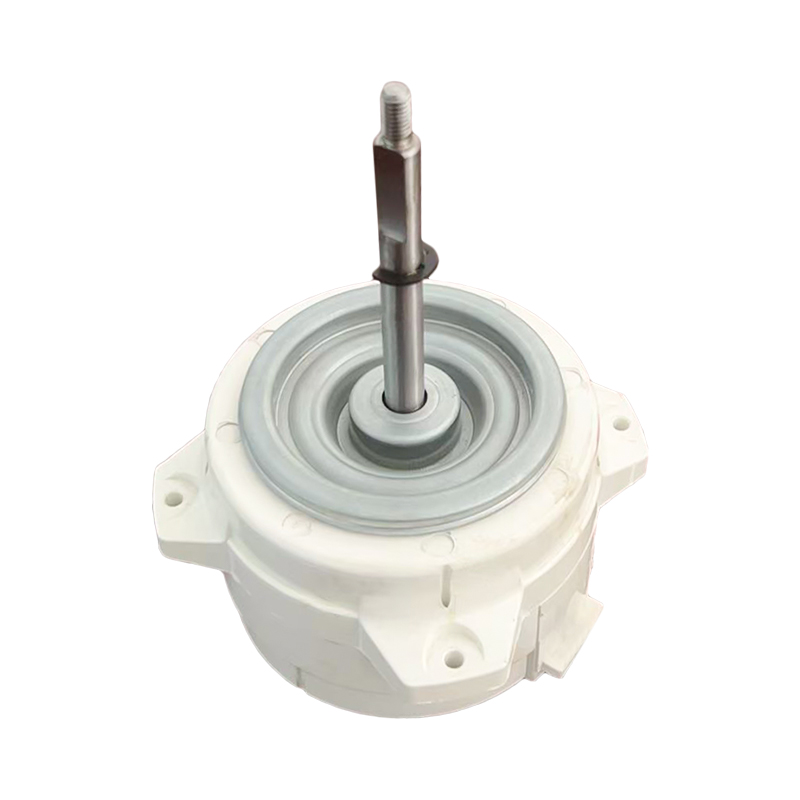
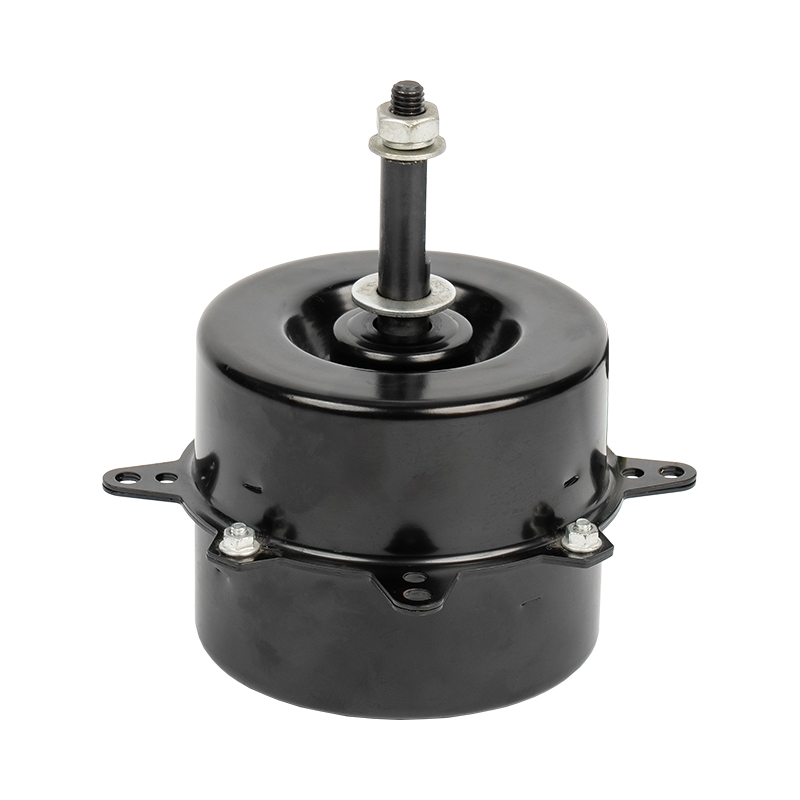
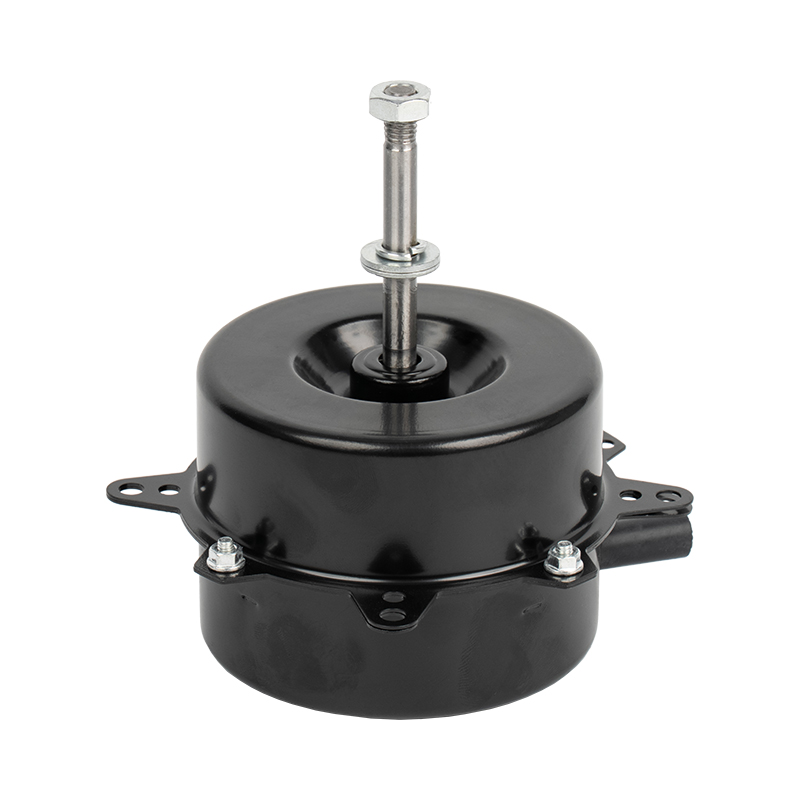
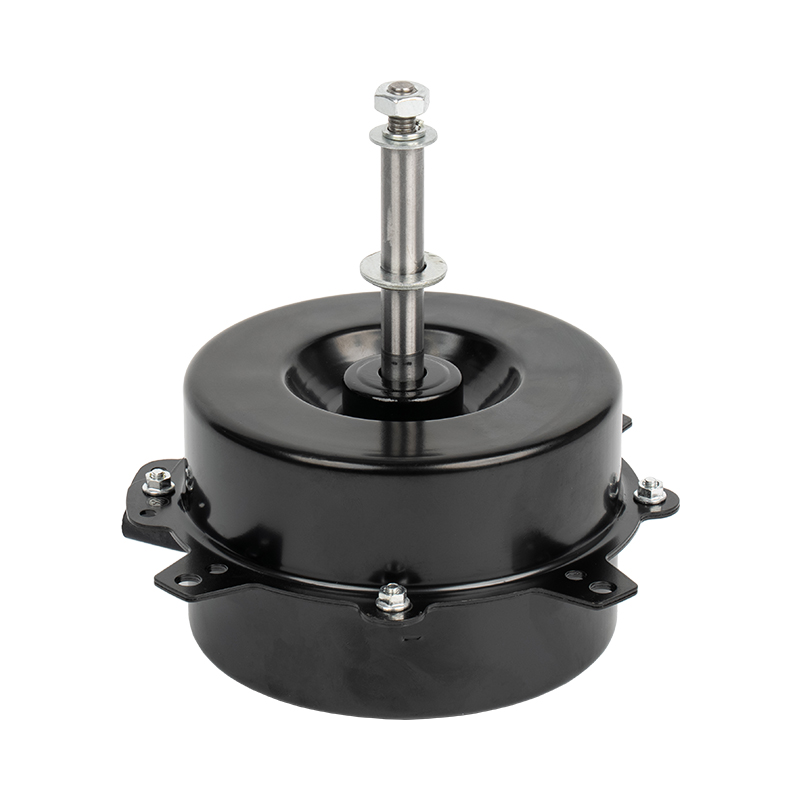
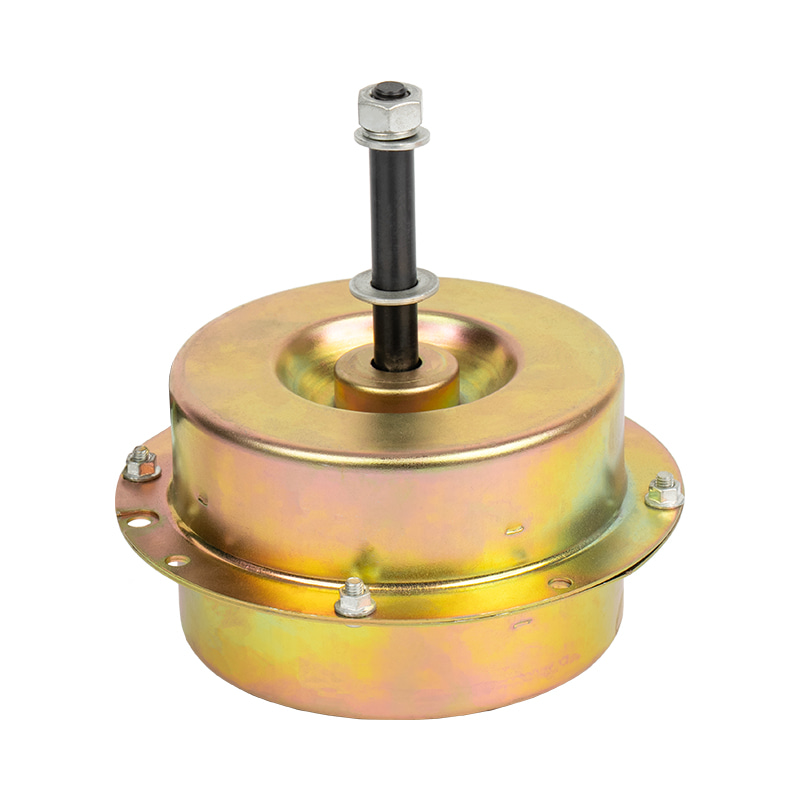
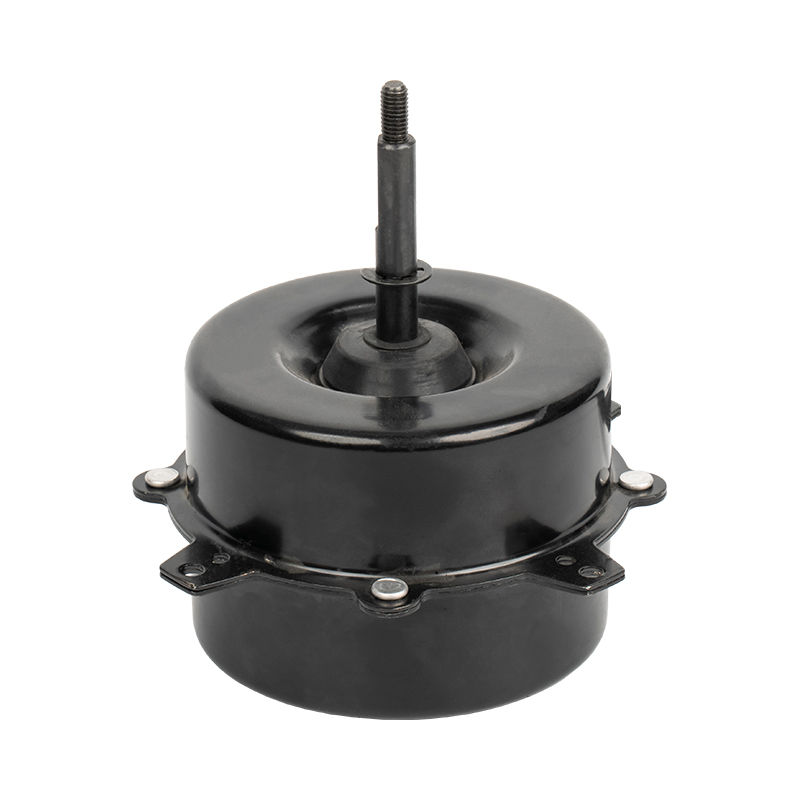
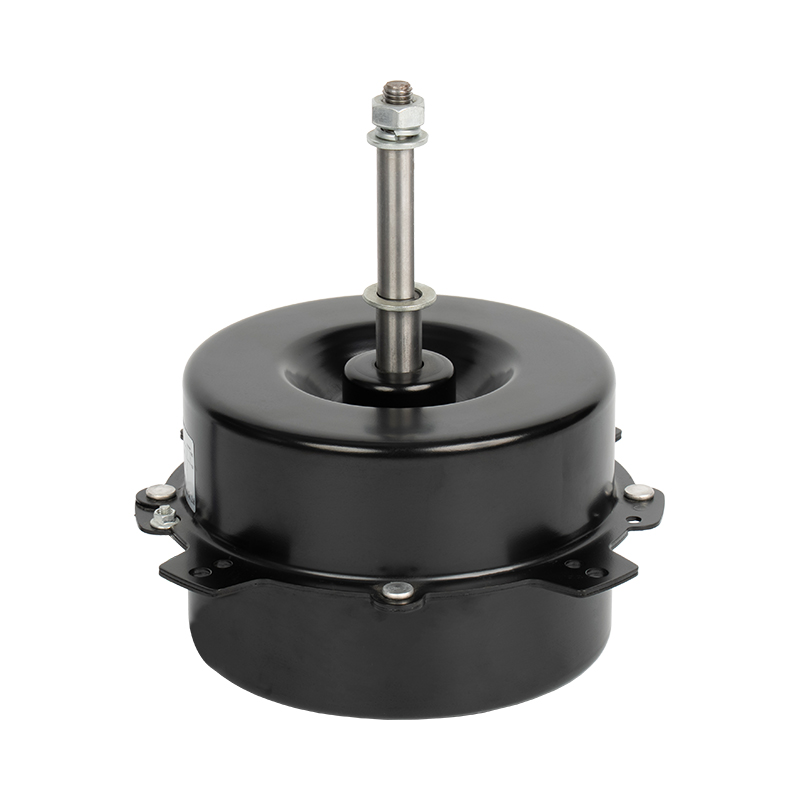
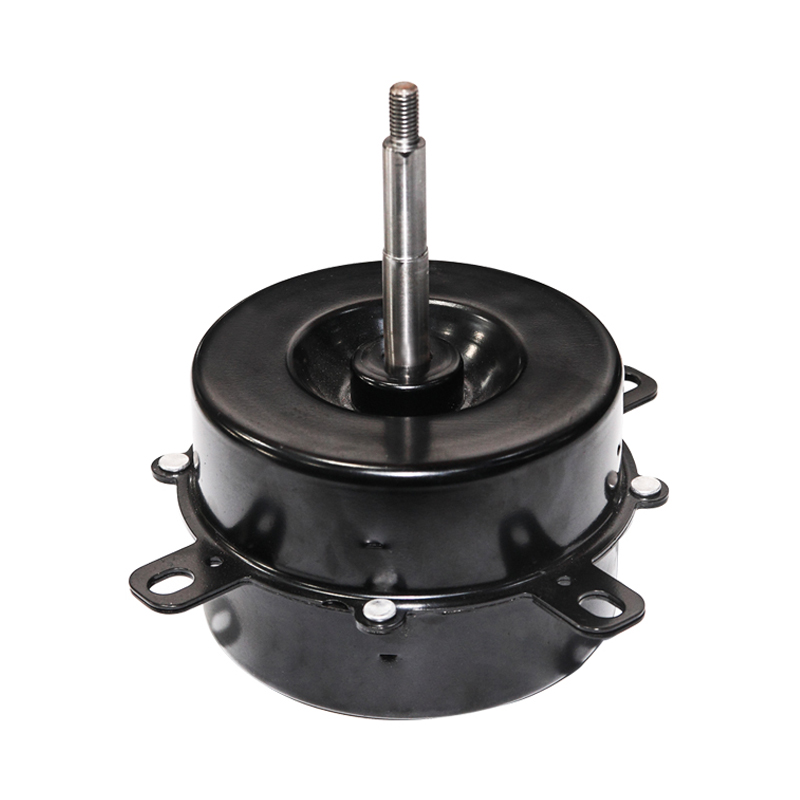
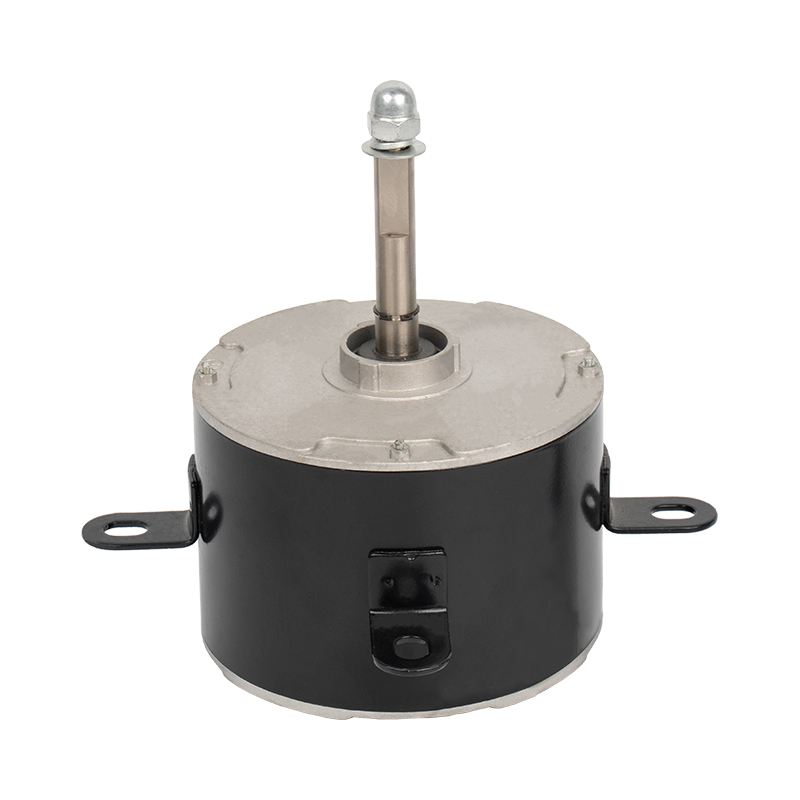
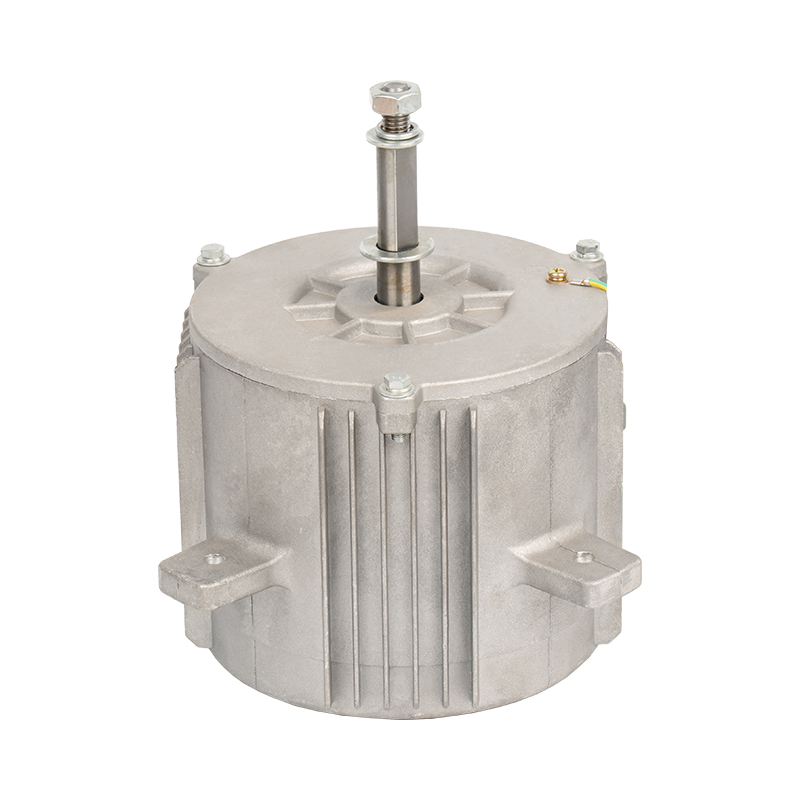


 Home
Home  Tel.: +86-13819807486
Tel.: +86-13819807486 Whatsapp:+86 13819807486
Whatsapp:+86 13819807486 E-mail:
E-mail: 



